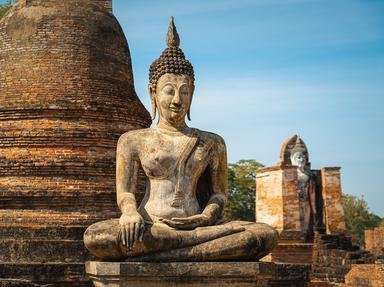
Statues of Christ Trivia Quiz
So you're in the mood to get a photograph of a large statue of Jesus Christ - do you know which country you will need to visit to take a selfie with each of these?
A matching quiz
by looney_tunes.
Estimated time: 3 mins.
- Home
- »
- Quizzes
- »
- World Trivia
- »
- World Sites
- »
- Statues